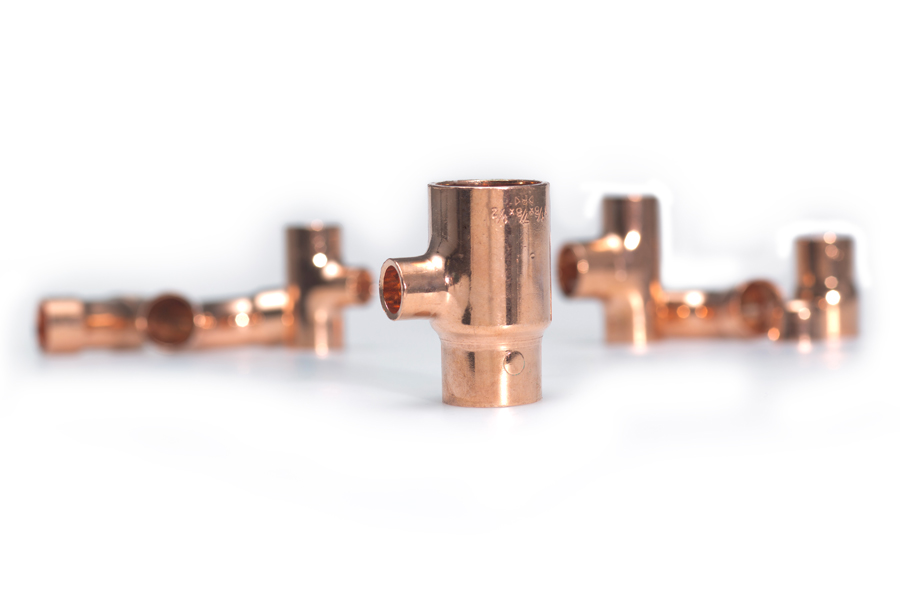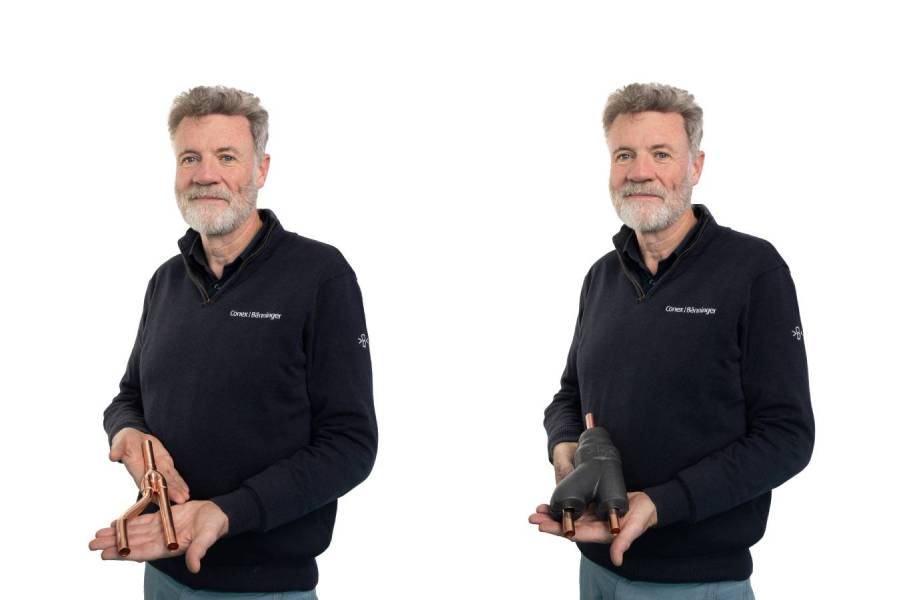With sustainable construction becoming increasingly necessary during a building’s lifecycle, choosing the right products and materials is vital for constructing a sustainable building.
Daniel Smith, BIM Manager for Conex Bänninger, discusses the growing importance of BIM and sustainability during the design process to achieve a lower carbon footprint for projects.
It is widely known that Building Information Modelling (BIM) is the process of creating and managing information for a complete project and incorporating that data across the entire life cycle of that building. Conex Bänninger’s investment in BIM objects demonstrates its contribution towards green building construction by including recyclable fittings and flame-free processes to assist developers’ contribution to achieving higher green points in the design of their buildings.

As the importance of sustainable buildings increases, to further their contribution, Conex Bänninger’s new Continuing Professional Development (CPD) provides those taking part the opportunity to re-evaluate the use of press-fit technology during a buildings design stage.Entitled ‘Re-assessing the implications of copper press-fitting as an alternative to copper brazing for building services’, the CPD looks at what both technologies have brought to the industry.
Serving as a blueprint to enhance a building’s energy efficiency, the benefits of BIM go beyond just time and money savings. Additional systems such as hot water solar systems and rainwater harvesting systems could be fitted, which are becoming increasingly popular with new commercial buildings as they help meet environmental targets, all of which increase future efforts towards sustainable construction. This is where Conex Bänninger’s >B< Press, >B< Press Solar and >B< MaxiPro fittings for ACR applications can be used that are all included in BIM objects. Additionally, Conex Compression and brazing solutions are also included in BIM, with further products in the pipeline.
All Conex Bänninger BIM objects are in accordance with the international standard, ISO 23386:2020, ISO 1401 & 9000, which means they are machine-readable, versatile, and consistent across different software. All Conex Bänninger fittings can be found here.
With the UK government setting construction targets to reduce greenhouse gas emissions by at least 50% by 2025 and committing to achieving net-zero carbon emissions by 2050; retrofitted buildings are making an impact with upgrades to insulation, improved thermal performance, energy efficient windows, and more efficient electrical and heating appliances, which have all proven to reduce carbon emissions.
According to the UK government, the key objective to achieving these targets is to reduce capital cost and the carbon footprint from the construction and operation of the built environment, as the construction sector accounts for roughly a third of the UK’s carbon emissions and 59% of UK total waste.
Conex Bänninger’s CPD is geared towards a range of professionals who are involved with advancing the plumbing and HVACR sector and those concerned with occupation and health and safety issues on construction sites. Typically, this would include building owners and operators, architects, consulting engineers, contractors, commercial property developers, designers, manufacturers, and suppliers.
For more information on Conex Bänninger’s CPD email:
cpd@ibpgroup.com










